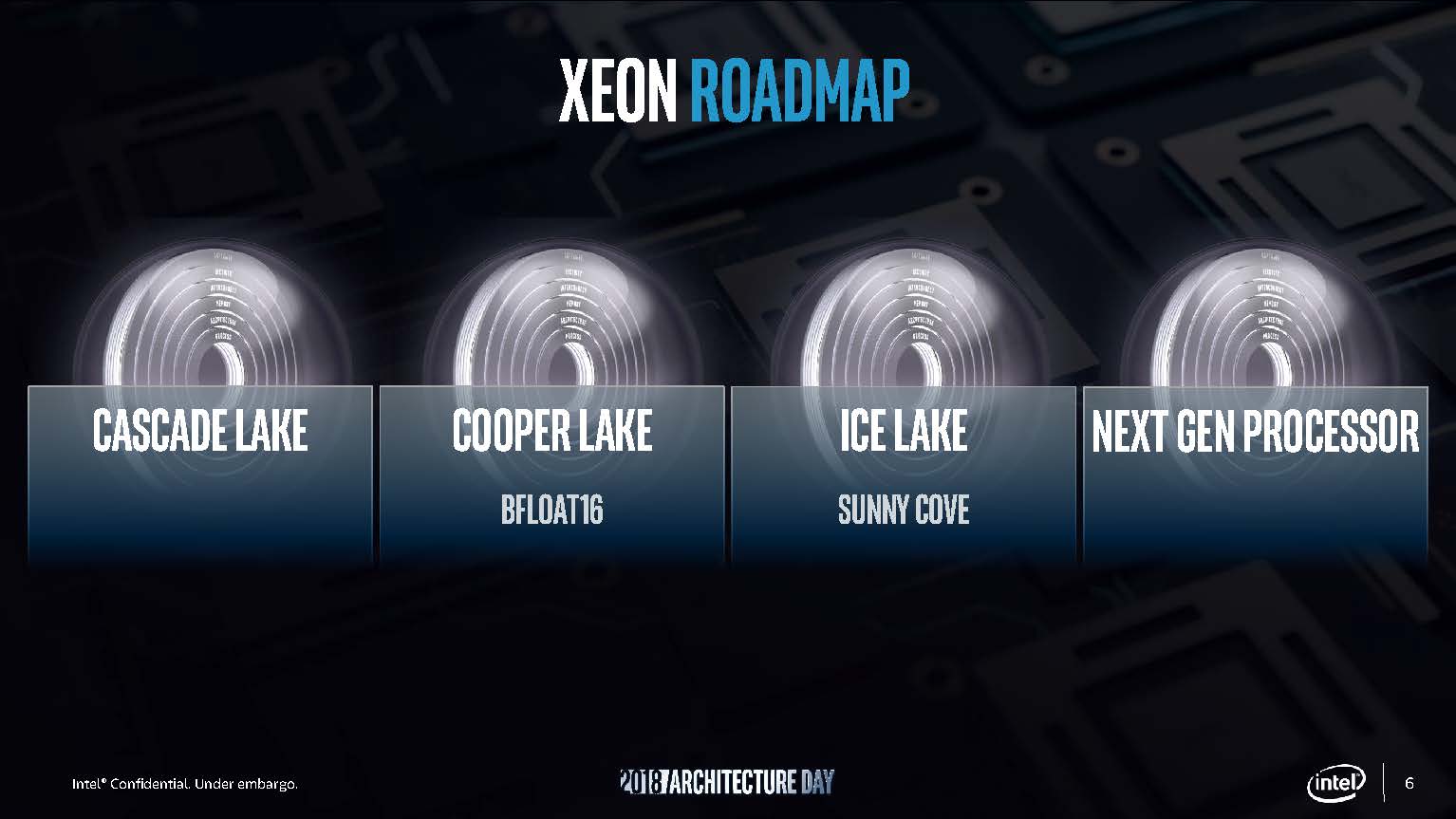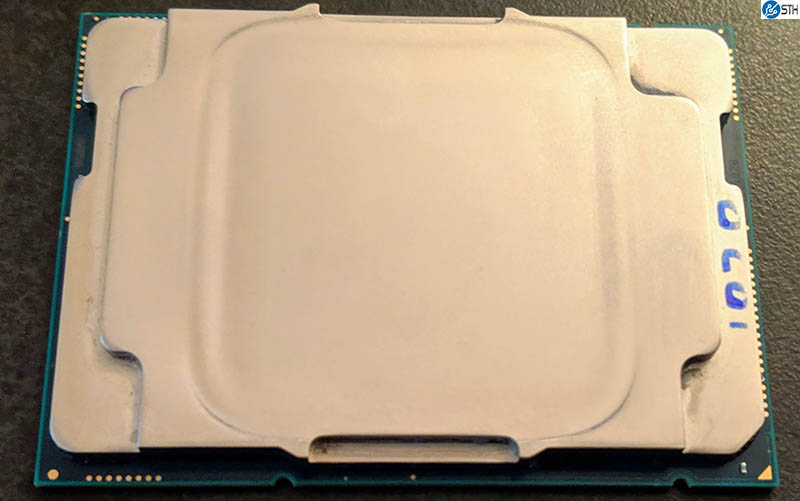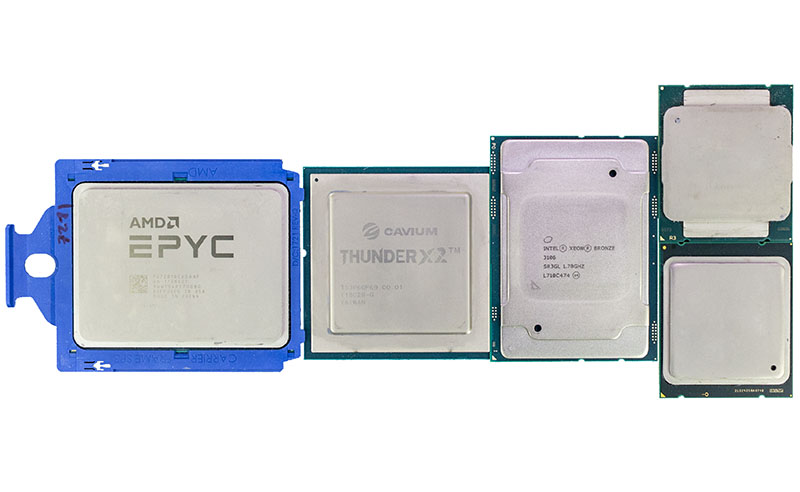Intel Ice Lake is the spiritual successor to the current Intel Xeon Scalable line. Currently, shipping (public) chips are 14nm Intel Skylake-SP chips. We know that the next-generation chips will be Cascade Lake-SP and that there will be a Cascade Lake-AP variant. Cascade Lake-AP is a competitive response to the next-generation AMD EPYC 2 “Rome” that will have up to 64 cores. AMD already stated that Rome will have PCIe Gen4 connectivity. Intel needs a competitive response. That competitive response will come in two waves perhaps as early as late 2019 or early 2020. At the recent Intel Architecture Day 2018 in Los Altos, California, Intel showed off its first Ice Lake Xeon chips that will help plug this hole in 2020.
First Pictures of Intel Ice Lake Xeon Server Chips
Intel Ice Lake is two generations past Intel Cascade Lake that will be launching in a few months. As you can see on the Intel Xeon Roadmap shared at Intel Architecture Day 2018, Cooper Lake will follow Cascade Lake as early as late 2019 or early 2020.

We expect Cooper Lake to be the direct Intel Xeon answer to AMD EPYC Rome’s PCIe Gen4, perhaps using a specific I/O chip to deliver PCIe Gen4 using a 14nm chip. Intel’s PCIe Gen4 was supposed to come with Ice Lake in 10nm. At the Architecture Day, Intel spoke about having to disaggregate I/O process from main logic process steps. That is similar to what we heard AMD talk about regarding the 14nm Rome I/O die and 7nm compute chiplets.
Intel Ice Lake Xeon CPUs are going to be fabbed on 10nm process and include PCIe Gen4. They will also utilize a new microarchitecture dubbed Sunny Cove which will have substantial improvements over Skylake-based architectures.
Here is what a chip will look like. Allegedly, these just got back from the fab about three weeks ago, but were booting Linux.

There are a few interesting bits. First, the socket aligning notches are on the long side of the package. This is in contrast to the Intel Xeon Scalable Skylake-SP CPUs. Here is a Skylake-SP package next to Intel Xeon E5, AMD EPYC, and Marvell (Cavium) ThunderX2 from our ThunderX2 review.

Overall size did not seem too dissimilar to the current Intel Xeon Scalable CPUs. Although Intel did not formally confirm this, the actual packaging will not fit into current Intel Xeon Scalable motherboards. Furthermore, PCIe Gen4 motherboards will need to use different PCB in most cases. We, therefore, will confirm that Ice Lake will require a new socket based on its current form. If you have a current Intel Xeon Skylake-SP system, the last CPU we expect it to take will be from the upcoming Cascade Lake-SP generation. We also expect Cooper Lake and Cascade Lake-AP to not fit into current LGA3647 designs.




